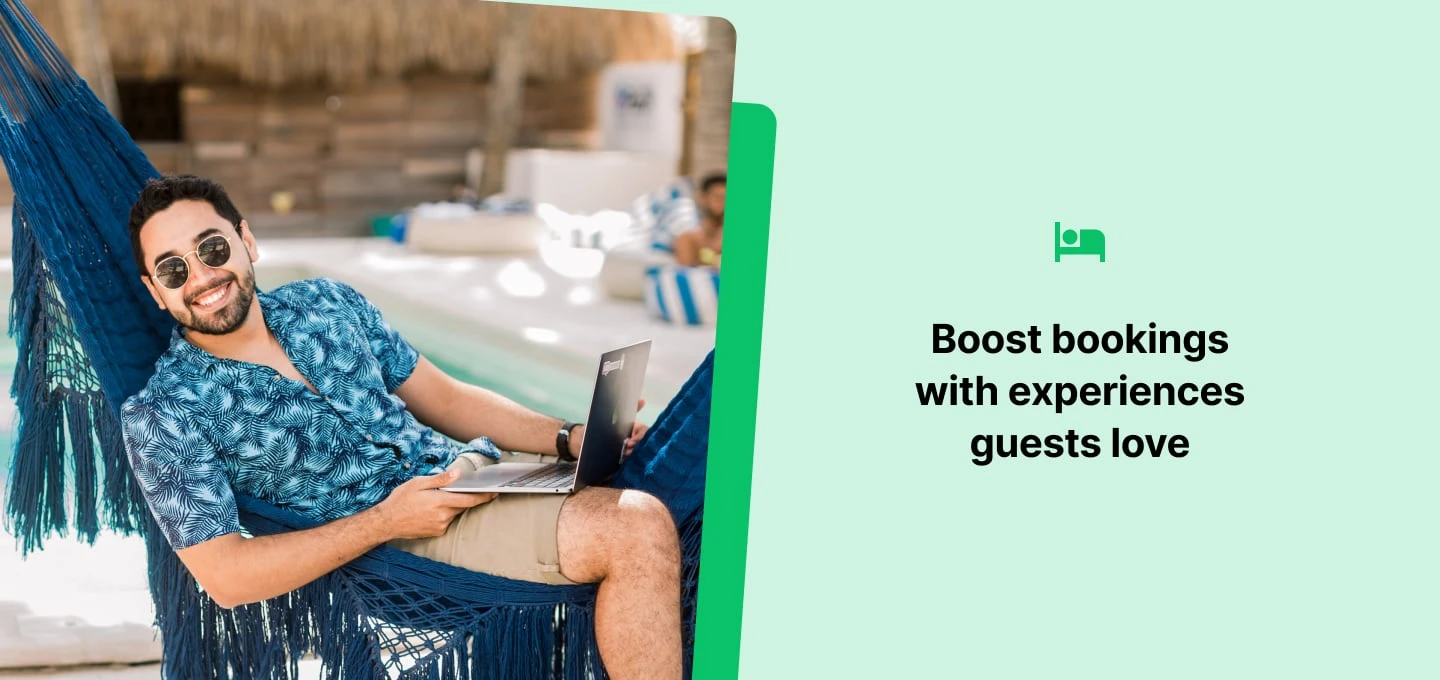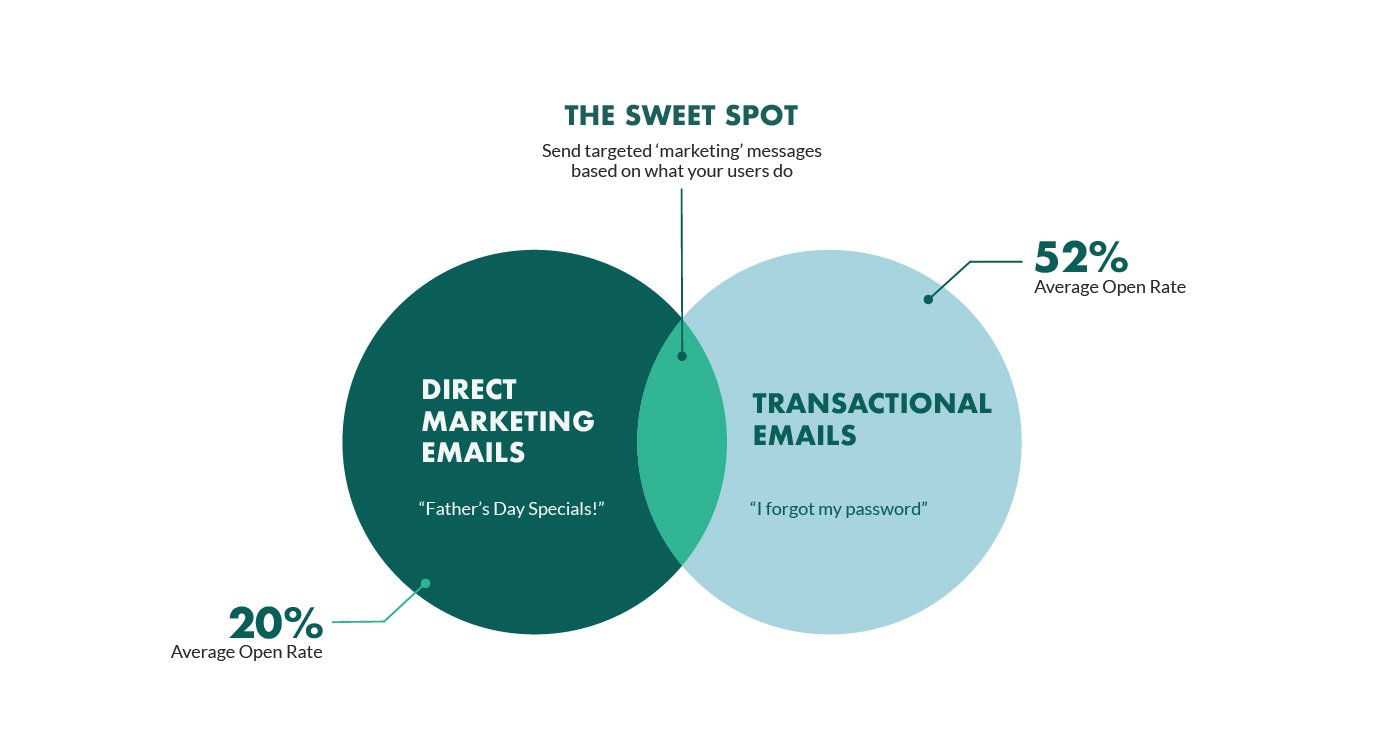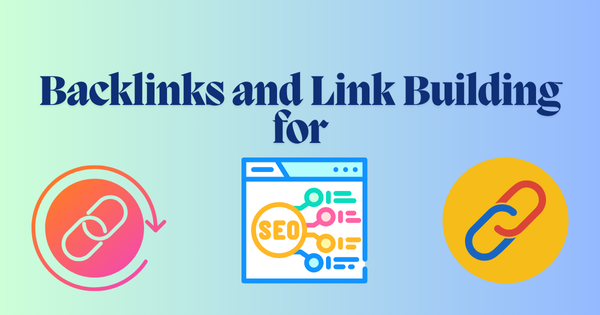Transactional emails are triggered by specific user actions, providing important information, such as order confirmations or password resets. In contrast, marketing emails are designed to promote products or services, aiming to generate sales or engage with the audience.
Both types serve distinct purposes in email marketing strategies, emphasizing utility versus promotional content. By understanding the differences between transactional and marketing emails, businesses can optimize their campaigns for better customer engagement and conversion rates. Let’s delve deeper into the comprehensive comparison guide to uncover the nuances and benefits of each email type.

Key Differences
In this comprehensive comparison guide, the key differences between transactional and marketing emails are highlighted. Transactional emails are primarily focused on delivering essential information to the recipient, such as order confirmation or password reset, while marketing emails are designed to promote products or services and drive engagement from the audience.
Purpose
Transactional emails and marketing emails serve distinct purposes in the realm of email communication.
Transactional emails are essential for providing information to customers about specific transactions or actions they have taken, such as purchase receipts, shipping confirmations, account updates, or password resets. The primary purpose of transactional emails is to facilitate a smooth customer experience and provide necessary information.
On the other hand, marketing emails are designed to promote products, services, or special offers to a broader audience. The main purpose of marketing emails is to generate leads, increase brand awareness, and drive conversions.
Content
The content of transactional and marketing emails also differs significantly.
Transactional emails focus on delivering concise and relevant information related to a specific customer activity. They typically include details such as order or transaction numbers, product descriptions and prices, delivery tracking information, account updates, or verification codes. Transactional emails prioritize clarity and accuracy.
Contrastingly, marketing emails employ persuasive and compelling language to engage recipients and encourage desired actions. They often include visually appealing and captivating content like high-quality images, personalized offers, calls-to-action, and links to product pages or landing pages. Marketing emails aim to evoke interest, desire, and action from the recipients.
Recipient Relationship
The recipient relationship in transactional and marketing emails also plays a crucial role in their differences.
Transactional emails have a direct and immediate relationship with the recipient, as they are triggered by the customer’s specific actions. These emails are expected, anticipated, and highly relevant to the recipient. The recipient anticipates a transactional email after making a purchase or performing a specific action, and the information provided directly affects the customer’s interaction with the company.
On the contrary, marketing emails are sent to a broader audience, including both existing customers and potential leads. The relationship between the recipient and the company may vary from being unknown to established. The challenge in marketing emails lies in tailoring the content to appeal to a diverse and potentially unfamiliar audience while building or maintaining a relationship with the recipient.

Benefits Of Transactional Emails
High Open And Click Rates
Transactional emails typically have high open and click rates due to their relevance and timeliness.
Improved Customer Engagement
Transactional emails contribute to improved customer engagement through personalized and transaction-specific content.
Benefits Of Marketing Emails
Marketing emails are a powerful tool for businesses to connect with their audience and achieve their marketing goals. When utilized effectively, marketing emails offer a range of benefits that can enhance brand visibility, engage customers, and drive conversions.
Increased Brand Awareness
Marketing emails play a pivotal role in boosting brand awareness by keeping your brand top-of-mind for your subscribers. By consistently delivering valuable content and promotions, you can reinforce your brand identity and ensure that your audience recognizes and remembers your brand.
Targeted Messaging
One of the key strengths of marketing emails is the ability to deliver highly targeted content to specific segments of your audience. With personalized messaging, you can tailor your emails to resonate with the unique preferences and behaviors of different customer segments, increasing the relevance and impact of your communication.

Best Practices For Transactional Emails
When crafting transactional emails, it is essential to follow best practices to optimize engagement and drive action from recipients. Let’s explore two crucial aspects of creating effective transactional emails:
Personalized And Timely Communication
Personalization is key to transactional emails; address recipients by name. Timely emails enhance user experience and increase engagement.
Clear Call-to-action
A clear call-to-action guides recipients on the desired action. Make it prominent and concise for better response rates.
Best Practices For Marketing Emails
When it comes to marketing emails, there are several best practices that can help you increase engagement and drive conversions. Two key areas to focus on are segmentation and personalization and creating compelling subject lines.
Segmentation And Personalization
Segmentation and personalization are crucial elements in successful email marketing campaigns. By dividing your email list into smaller segments based on demographics, behavior, or preferences, you can deliver more targeted and relevant content to your subscribers.
Segmentation allows you to send personalized messages that resonate with specific groups of recipients. For example, you can send different offers to new subscribers compared to long-time customers, increasing the chances of conversion.
Personalization takes email marketing a step further by tailoring each message to the individual recipient. Including their name in the email, referring to their recent purchases or browsing history, or sending recommendations based on their past interactions can significantly enhance engagement and make your recipients feel valued.
Compelling Subject Lines
The subject line is the first thing your subscribers see in their inbox, and it plays a crucial role in whether they open or ignore your email. Therefore, creating compelling subject lines is essential to grab attention and entice recipients to open your email.
One effective method is to keep your subject lines concise and to the point, offering a clear and compelling reason for recipients to open the email. Using action-oriented language like “Don’t miss out on” or “Limited-time offer” can create a sense of urgency and encourage immediate action.
Another approach is to incorporate personalization in subject lines. Including the recipient’s name or referencing their recent activity can make the email feel more personalized, increasing the likelihood of opening.
Choosing The Right Email Strategy
When deciding on the right email strategy, it’s crucial to understand the differences between transactional and marketing emails. Transactional emails focus on specific user actions, while marketing emails aim to promote products or services. This comparison guide provides comprehensive insights to help you choose the most effective approach for your email campaigns.
Assessing Your Goals
When it comes to email marketing, it’s crucial to have a clear understanding of your goals in order to choose the right strategy. Take a moment to assess what you hope to achieve with your email campaigns. Are you looking to nurture leads and build relationships with your audience? Or are you aiming to drive immediate sales and conversions? Assessing your goals will help you steer your email strategy in the right direction.
Understanding Your Audience
Before diving into the world of transactional and marketing emails, it’s important to have a deep understanding of your audience. Who are they? What are their preferences and behaviors? What type of information are they seeking from your brand? By understanding your audience, you can tailor your email strategy to deliver the content and messages that resonate most with them.
Here’s a simple way to understand your audience:
- Segment your email list based on demographic, geographic, or behavioral data.
- Conduct surveys or interviews to gather insights directly from your subscribers.
- Analyze data from past email campaigns to identify trends and preferences.
Now that you have assessed your goals and understand your audience, it’s time to choose the right email strategy. Before we dive into the differences between transactional email and marketing email, let’s take a look at a comparison table:
| Email Type | Purpose | Examples |
|---|---|---|
| Transactional Email | To facilitate a transaction or provide information related to a specific action | Welcome emails, order confirmations, password resets |
| Marketing Email | To promote a product, service, or offer and drive customer engagement | Newsletters, promotional offers, event invitations |
By understanding the purpose and examples of each email type, you can decide which strategy aligns best with your goals and audience. Remember, it’s not about choosing one over the other, but rather finding the right balance between transactional and marketing emails that will yield the best results for your business.
Frequently Asked Questions On Transactional Email Vs. Marketing Email: A Comprehensive Comparison Guide
What Is The Difference Between Marketing Emails And Transactional Emails?
Marketing emails are promotional, aiming to sell products or services. Transactional emails provide information related to a specific transaction, like order confirmations. Marketing emails focus on driving sales, while transactional emails focus on providing essential information to the recipient.
What Is The Difference Between Marketing And Transactional Emails In Mailchimp?
Marketing emails are sent to promote products or services, generate leads, and build brand awareness. Transactional emails, on the other hand, are triggered by a specific action or transaction, such as a purchase confirmation or password reset. They provide personalized information directly related to the recipient’s interaction with your business.
What Is The Difference Between Commercial And Transactional Emails?
Commercial emails are promotional messages sent to a wide audience, such as newsletters or sales offers. Transactional emails, on the other hand, are triggered by specific actions and provide information related to those actions, like order confirmations or password resets.
What Is The Difference Between Transactional And Marketing Emails Hubspot?
Transactional emails are triggered by specific interactions, like purchase confirmations or account notifications. Marketing emails are bulk messages promoting products or services to a wider audience. Both serve distinct purposes in engaging customers and driving conversions.
Conclusion
Understanding the distinction between transactional and marketing emails is vital for effective communication. Both serve unique purposes in engaging with your audience and driving conversions. By leveraging these insights, you can optimize your email strategy for better results. Stay tuned for more tips!



